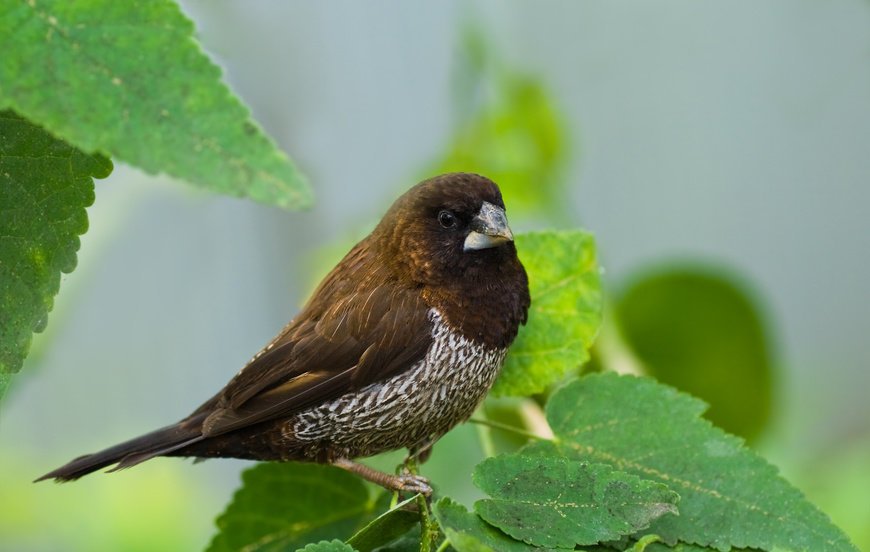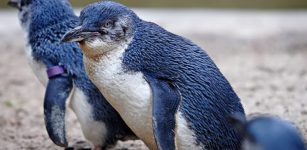Songbirds Sing Like Humans, New Study
MessageToEagle.com – A songbirds’ vocal muscles work like those of human speakers and singers, according to a new research.
The research on Bengalese finches showed that each of their vocal muscles can change its function to help produce different parameters of sounds, in a manner similar to that of a trained opera singer.
“Our research suggests that producing really complex song relies on the ability of the songbirds’ brains to direct complicated changes in combinations of muscles,” says Samuel Sober, a biologist at Emory University and lead author of the study.

Credit: © Colette / Fotolia
“In terms of vocal control, the bird brain appears as complicated and wonderful as the human brain.”
Pitch, for example, is important to songbird vocalization, but there is no single muscle devoted to controlling it.
“They have to activate a lot of different muscles in concert, and these changes are different for different vocalizations. Depending on what syllable the bird is singing, a particular muscle might increase pitch or decrease pitch,” Sober says.
We, humans, have some of our vocal mechanisms that control pitch, amplitude and timbre, in the so-called “voice box” (larynx).
Birds, instead, have a vocal organ called the syrinx, which holds their vocal cords deeper in their bodies.
Instead of a larynx, birds have. While humans have one set of vocal cords, a songbird has two sets, enabling it to produce two different sounds simultaneously, in harmony with itself.
Research is published in the Journal of Neuroscience.
MessageToEagle.com










